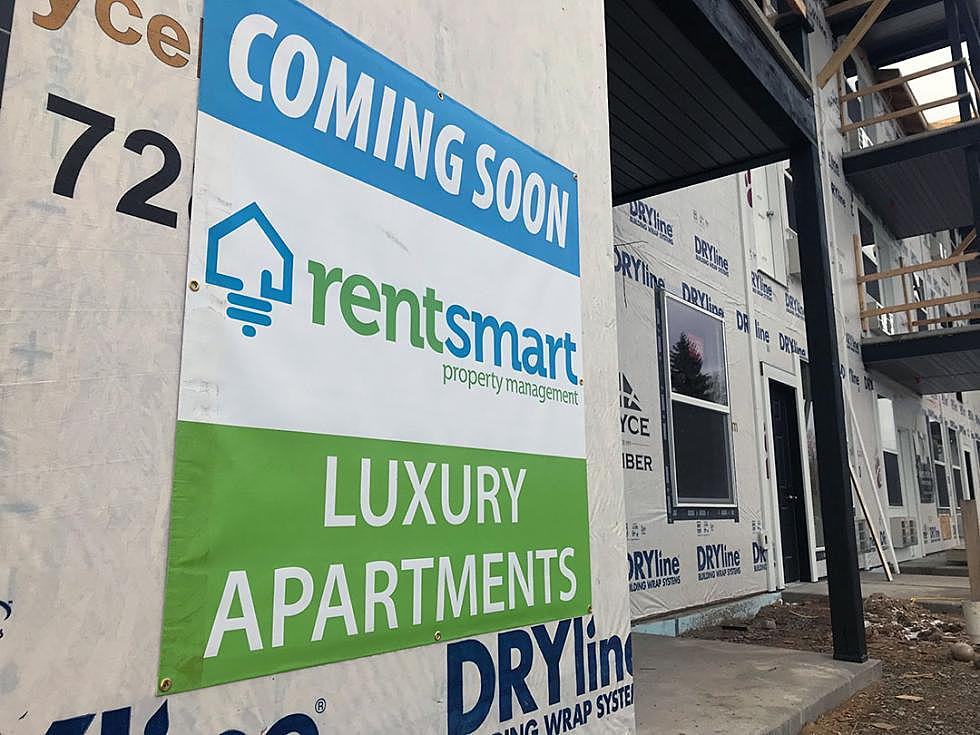
Economically segregated? Housing vouchers concentrated in certain Missoula neighborhoods
When Jim McGrath began with the Missoula Housing Authority in 2005, the agency received 754 Section 8 housing vouchers to help low-income earners with rental assistance.
Nearly 15 years later, the number of vouchers has increased to just 774, and the housing units that qualify for those vouchers are largely concentrated in a handful of neighborhoods.
“This resource is not growing,” McGrath said. “When you index it against population growth, it's actually shrinking.”
As the city of Missoula moves closer to crafting a housing policy for the first time, it's also taking a closer look at low-income housing needs and the distribution of affordable households available to serve Section 8 renters.
McGrath, who manages federal housing programs at the Missoula Housing Authority, said a recent study by Werwath Associates identified 6,680 Missoula households earning at or below 30 percent of the area median income.
In Missoula, McGrath said Friday, that's around $14,800 for a single individual or $20,780 for a family of three.
“The only way those households are going to get housing is through rental assistance, such as Section 8,” McGrath said. “(The report) also identified another 11,000 families at or below 60 percent of the area median income. You can see the enormous need, really, in our community and the gap this program fills, but also the gap that's left.”
With the cost of housing on the rise and wages in Missoula locked below the state and national averages, the need for affordable housing has emerged as a pressing social and economic issue.
While the housing commission established by Missoula Mayor John Engen will look at housing needs across all income levels in a policy report expected later this year, the need for housing at the low end of the income spectrum hasn't been overlooked.
“A while back, I was able to watch a documentary that talked at some length about Section 8 housing,” said Missoula City Council member John DiBari. “One of the interesting things that came from that documentary was trying to gain some understanding of how folks in the community are able to access Section 8 vouchers, and if there are places in the community where folks that have vouchers can actually use them, and where those Section 8 voucher opportunities exist.”
McGrath said rents under the program are limited to a payment standard based upon the government's fair market rent. In Missoula, that's $760 for a one-bedroom apartment, $940 for two bedrooms and $1,346 for three.
Those prices also include utilities.
“We use all of our vouchers, but cost is a factor,” McGrath said. “The vouchers tend to accumulate in places that have a lot of availability of multi-family housing.”
That has raised concerns among some that low-income renters are, unintentionally, being concentrated in a handful of areas. According to the Missoula Housing Authority, the census tract that includes the North and Westside neighborhoods to Reserve Street includes 163 voucher households, while the Franklin neighborhood includes 121.
The south side near the Missoula Housing Authority office includes 107, while Dickinson and the South Hills include 94 and 85, respectively. The University District has just five and the Slant Streets just 23. The Rattlesnake has a few.
“The way you have more units available is to have more built,” McGrath said. “If you have a neighborhood that's zoned single family only, some of them may be available to rent, but they won't necessarily be within reach of our program. If you want (voucher holders) to live somewhere else on this map, you have to put some multi-family houses there. If you do, then people go there.”
Lori Davidson, executive director of the Missoula Housing Authority, said there was hope that new rules surrounding fair housing would bring affordable projects to areas of opportunity, generally where incomes are higher.
But that's not happening, Davidson said, and the construction of affordable housing in Missoula, like other cities, is generally concentrated in areas that qualify for federal funding.
“The way we've been building affordable housing is with low-income housing tax credits, and those projects go in qualified census tracts, which are areas of lower-income folks,” said Davidson. “The combination of available land and the qualified census tracts is why a lot of those projects end up being built where they are. It's very difficult to do a project that's not in a qualified census tract.”
McGrath doesn't believe Missoula is socially segregated the way other cities are, given that access to employment and services isn't limited to location or divided by freeways and other barriers.
But Erin Pehan, director of the city's office on Housing and Community Development, said new multi-family housing in Missoula isn't taking place near public transit, and that can be viewed as a social barrier.
“A lot of the folks who are accessing a voucher, even with 30 percent of their income directed toward housing, they're still very income limited,” Pehan said. “We constantly need to think about how we're building our multi-family in proximity to transit, so we can make sure those families have access to all the same opportunities as families living in more inward-focused housing options.”
Pehan said other programs could be explored to buy down the cost of land in the urban core to bring development costs in line with federal fair market standards. The city will also need to revisit its zoning standards, especially in single-family neighborhoods, she added.
“In certain areas of Missoula, you can only build single-family homes,” she said. “We have to think about how we can build duplexes, triplexes or fourplexes in some of these areas currently zoned for single family only. Otherwise, those neighborhoods will continue to be excluded to voucher holders, and we won't have that diversity of incomes across our community.”
